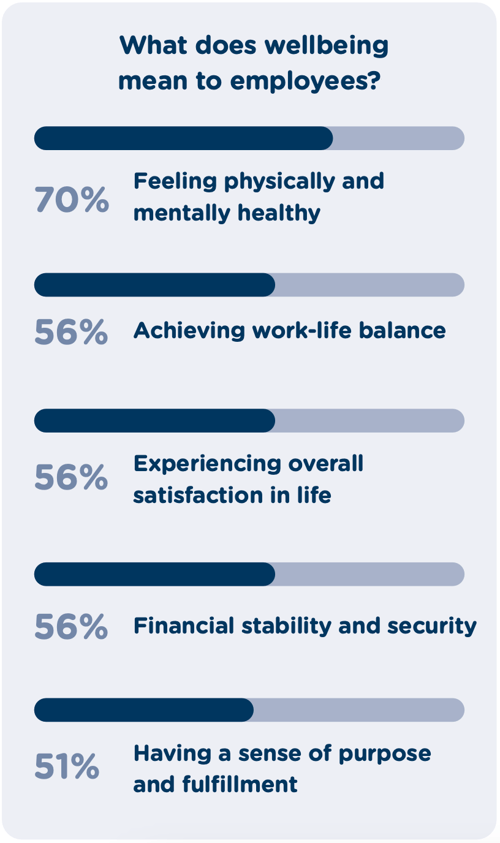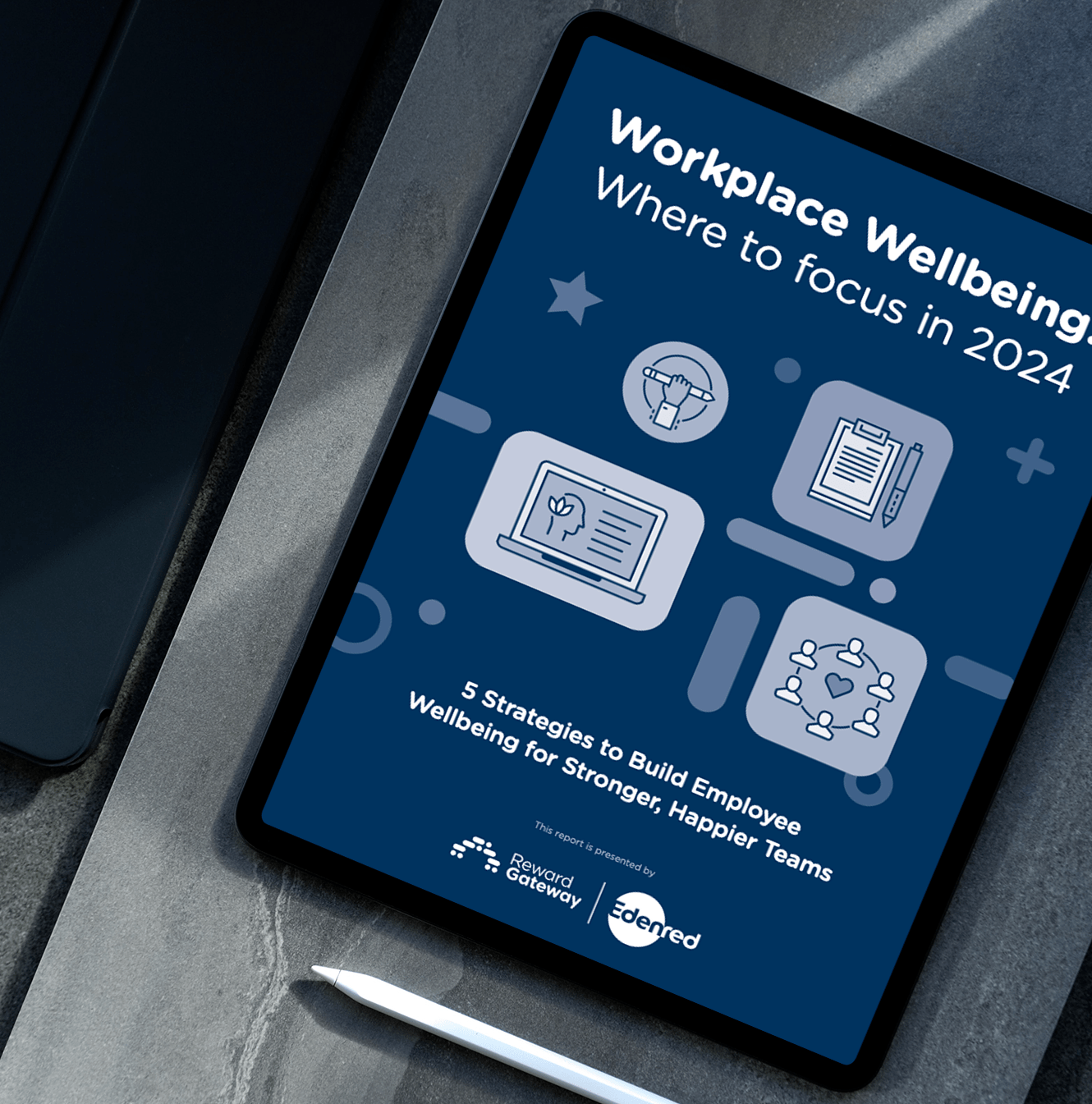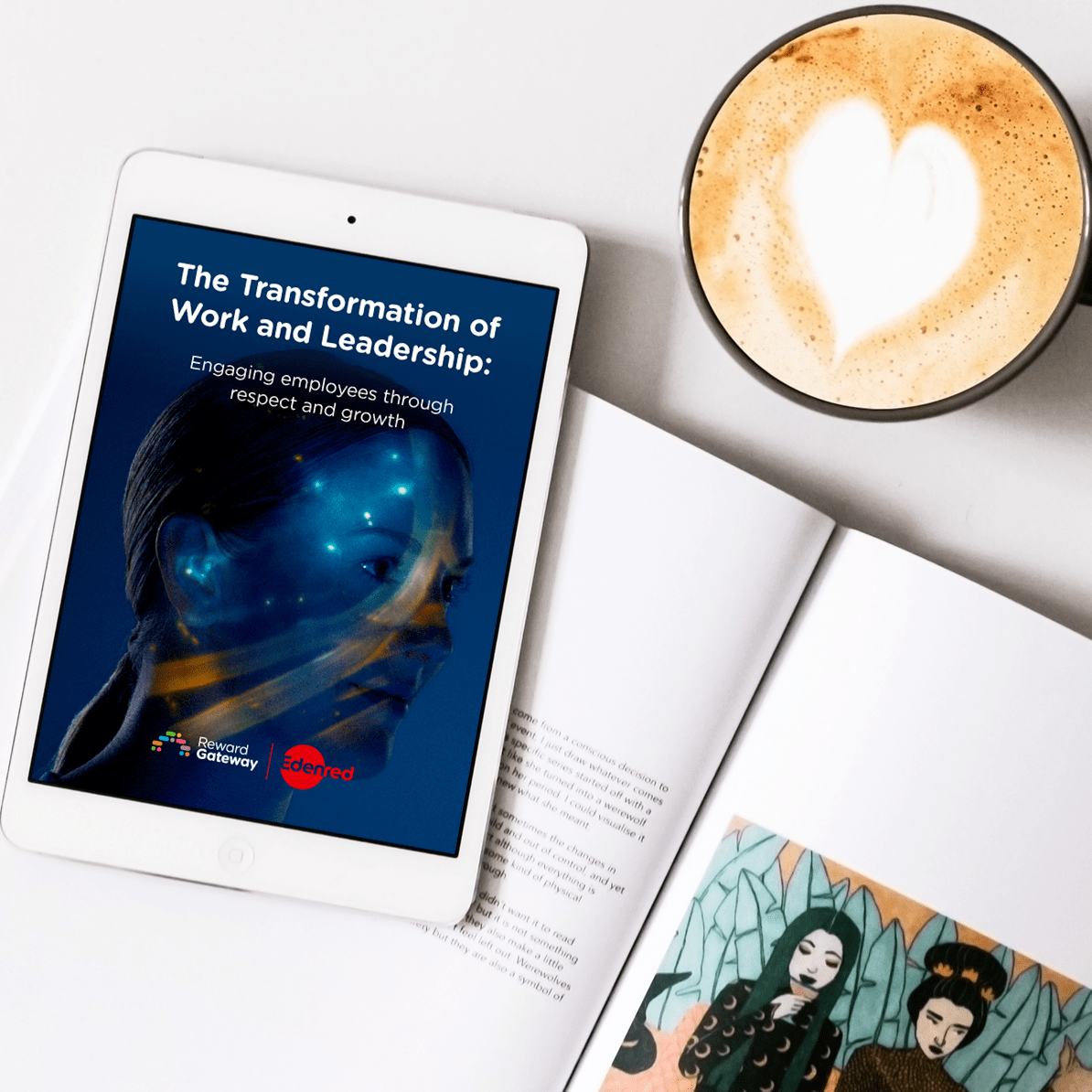The idea of wellbeing is all-encompassing – it includes mental, physical, financial and social factors across the full spectrum of our lives. And while people may have a sense for how they are feeling, feeling “better” can be a complicated proposition.
Better how?
 The physical health of Americans has gotten worse since the COVID-19 pandemic, according to research by Gallup. Obesity and diabetes are on the rise, our eating has become less healthy and our rate of exercise remains generally unchanged. Currently, 38.4% of American adults can be classified as obese, a 6% increase since 2019.
The physical health of Americans has gotten worse since the COVID-19 pandemic, according to research by Gallup. Obesity and diabetes are on the rise, our eating has become less healthy and our rate of exercise remains generally unchanged. Currently, 38.4% of American adults can be classified as obese, a 6% increase since 2019.
But it’s not just our physical health at stake, or at risk.
The U.S. Federal Reserve found a sharp decline in the financial wellbeing of Americans, as well. Those adults that are able to say they are “living comfortably” fell by 5%, and 35% of those surveyed say they are worse off than last year. This is also the first year that white respondents and those with a bachelor’s degree or more reported their financial wellbeing as lower since the survey began in 2013.
While these physical and financial trends are concerning, many recent headlines have focused on the mental health of Americans – which is also experiencing a rough patch. According to a recent report by the U.S. Surgeon General:
- 76% of U.S. workers reported at least one symptom of a mental health condition in 2023.
- 84% said workplace conditions had contributed to at least one mental health challenge.
A well employee is a strong employee. But with three quarters of American workers experiencing mental health challenges (many of them due to work), the U.S. workforce is clearly not operating at top capacity.
Many employees feel strongly that their workplaces should have a stake in their mental health, with an overwhelming 81% of them saying they will be looking for employers that support mental health in the future.
The workplace mental health crisis is not going away on its own. Only strong leadership and intentional efforts can heal what ails us.
Put a spotlight on employee wellbeing
 Wellbeing is a complex and interrelated combination of physical, mental, emotional, social and financial health. It is much sought-after, since it includes so many great things like happiness, health, a sense of purpose, social connections and the ability to manage stress. Truly, how we feel about every aspect of our life influences the state of our wellbeing. One strongly positive factor might counterbalance other trailing factors: A supportive family can lessen strife at work, or a fulfilling job can help us overcome problems with friends.
Wellbeing is a complex and interrelated combination of physical, mental, emotional, social and financial health. It is much sought-after, since it includes so many great things like happiness, health, a sense of purpose, social connections and the ability to manage stress. Truly, how we feel about every aspect of our life influences the state of our wellbeing. One strongly positive factor might counterbalance other trailing factors: A supportive family can lessen strife at work, or a fulfilling job can help us overcome problems with friends.
The meaning of wellbeing can vary by age. For example, 25-34-year-olds are 10% less likely than average to include physical and mental health in their definition. Gen Z (18-24) is almost 10% less likely than the norm to include work-life balance and fulfillment.
Are employers responsible for their employees’ wellbeing?
Employers usually have no influence over factors like an employee’s relationships with family or friends, or the current political or economic situation of a given place. But in the face of declining wellbeing in the U.S., they need to recognize not only their responsibility for wellbeing, but also their broad power and great need to influence it. We do spend a third of our lives working, after all. With 79% of managers saying they feel responsible for their team’s wellbeing, it stands to reason that employers should shoulder some of this weight.
Using the tools available to them, employers can help employees enjoy more time with friends, gain enough resources to live comfortably and sustain a healthy self-view. By turning their attention to wellbeing, employers have the opportunity to engage employees and boost wellbeing to create a workforce that is happier, more productive and more likely to stay.
For more insights into the state of workplace wellbeing in 2024, download our newest report and get key advice for which areas to focus on this year to improve employee wellbeing at your own organization.

 Kaitlin Howes
Kaitlin Howes




